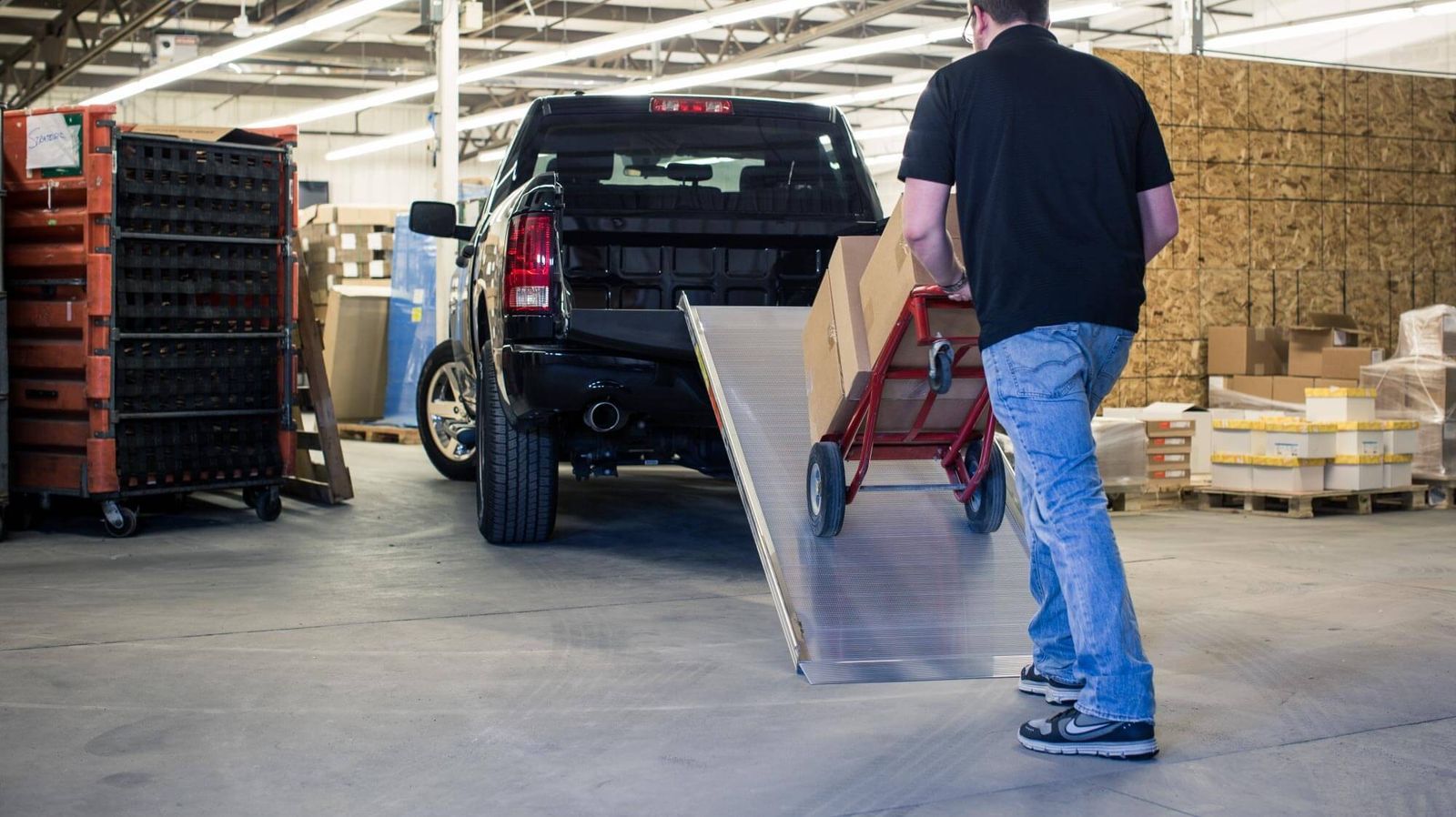If your business requires loading and unloading of heavy equipment or merchandise, you need to invest in a loading ramp. A loading ramp is an essential tool that can save time and money, as well as increase efficiency and safety. However, with so many types of loading ramps available, choosing the right one for your business can be a daunting task. In this article, we will explore the different types of loading ramps and how to choose the right one for your business.
-
Fixed Loading Ramps
Fixed loading ramps are designed to be permanently installed in one location. They are ideal for businesses that need to load and unload goods in the same place, such as warehouses or factories. Fixed loading ramps are available in a range of sizes and weight capacities, so you can choose the one that best suits your needs.
-
Portable Loading Ramps
Portable loading ramps, as the name suggests, can be easily moved from one location to another. They are ideal for businesses that need to transport goods or equipment to different sites, such as construction sites or events. Portable loading ramps
-
Container Loading Ramps
Container loading ramps are designed specifically for loading and unloading shipping containers. They are typically used in ports or warehouses that handle large volumes of containerized goods. Container loading ramps are available in a range of sizes and weight capacities, and can be fixed or portable.
-
Yard Ramps
Yard ramps are similar to fixed loading ramps but are designed to be used outdoors. They are ideal for businesses that need to load and unload goods from trucks or trailers in their yard or driveway. Yard ramps are available in a range of sizes and weight capacities, and can be fixed or portable.
When choosing the right loading ramp for your business, there are several factors to consider. These include:
-
Weight Capacity
The weight capacity of the loading ramp is one of the most important factors to consider. You need to choose a ramp that can support the weight of the heaviest equipment or merchandise you need to load or unload. Make sure to check the weight capacity of the ramp before making a purchase.
-
Length and Width
The length and width of the ramp are also important considerations. You need to choose a ramp that is long enough to provide a gentle incline for safe and easy loading and unloading. The width of the ramp should also be wide enough to accommodate the equipment or merchandise you need to load or unload.
-
Surface Material
The surface material of the ramp is also important. You need to choose a ramp with a non-slip surface to prevent accidents and injuries. Aluminum is a popular material for loading ramps as it is lightweight, durable, and has a non-slip surface.
-
Safety Features
Make sure to choose a loading ramp that comes with safety features such as handrails, non-slip surfaces, and locking mechanisms. Safety should always be a top priority when using loading ramps.
-
Portability
If you need to transport goods or equipment to different sites, consider investing in a portable loading ramp. Portable loading ramps are easy to set up and take down, and can be easily transported from one location to another.
In conclusion, choosing the right loading ramp for your business is essential for safe, efficient, and cost-effective loading and unloading. Consider factors such as weight capacity, length and width, surface material, safety features, and portability when making your decision. With the right loading ramp, you can streamline your operations and increase productivity while ensuring the safety of your employees and equipment.


